

— Blogs —
—Products—
 Consumer hotline +8618073152920
Consumer hotline +8618073152920 WhatsApp:+8615367865107
Address:Room 102, District D, Houhu Industrial Park, Yuelu District, Changsha City, Hunan Province, China
Product knowledge
Time:2024-11-18 09:00:10 Popularity:1216
Methods and Technologies for Monitoring Hydrometeorological Hazards
Monitoring hydrometeorological hazards is a complex and systematic process that involves multiple disciplines and technologies. The following is a detailed description of the methods and steps involved:
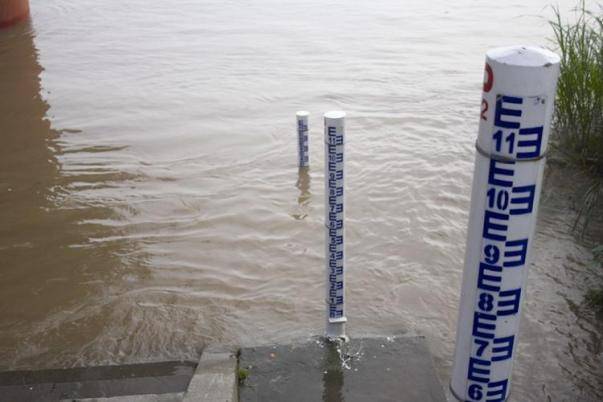
- Floods: River overflow, urban waterlogging, etc.
- Droughts: Long-term water scarcity affecting agriculture and social life.
- Typhoons: Strong winds, heavy rainfall, storm surges, etc.
- Heavy Rainfall: A large amount of rainfall in a short period, potentially leading to flash floods.
- Debris Flows: Mudslides triggered by heavy rainfall in mountainous regions.
- Hailstorms: Hailstones produced by strong convective weather, potentially damaging crops and buildings.
- Frequency: Different regions experience varying frequencies of these hazards.
- Intensity: The strength of the hazard determines its potential to cause damage.
- Impact Area: The geographical range affected by the hazard.
- Potential Damage: The possible harm to people, property, and infrastructure.

- Temperature: Air temperature.
- Humidity: Air moisture content.
- Wind Speed: Wind velocity.
- Wind Direction: Wind's direction.
- Precipitation: Rainfall or snowfall amounts.
- Pressure: Atmospheric pressure.
- Water Levels: Levels in rivers, lakes, and reservoirs.
- Flow Rates: Speed and volume of water flow.
- Water Quality: Chemical composition and pollutants in the water.
- Topography: Elevation and slope of the land.
- Landforms: Geological structures and terrain features.
- Soil Types: Physical and chemical properties of soil.
- Vegetation Cover: Types and distribution of surface vegetation.
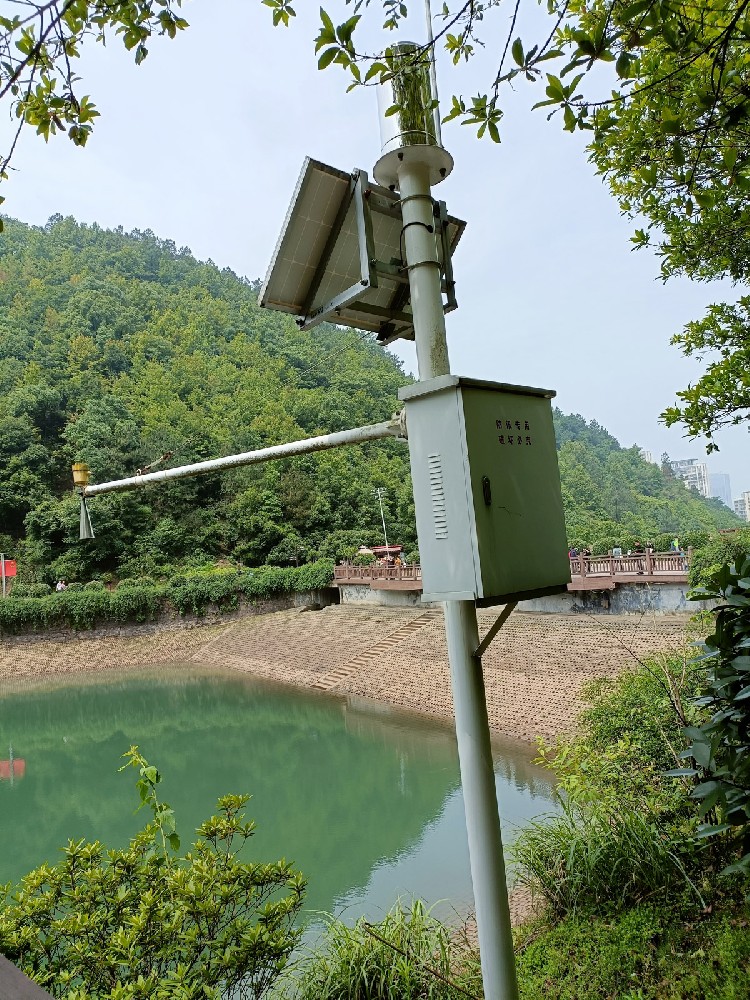
- Meteorological Stations: Equipped with sensors to measure wind speed and direction, rainfall, temperature, humidity, etc., for real-time data collection.
- Hydrological Stations: Equipped with sensors for measuring water levels, flow rates, and water quality.
- Satellite Remote Sensing: Utilizes satellites to gather large-scale surface information, such as high-resolution images from satellites like GaoFen and Planet.
- Aerial Photography: Uses drones to capture high-resolution images for monitoring flood-prone areas and land cover changes.
- Weather Radars: Monitors precipitation, storm systems, and provides real-time radar images.
- Global Positioning System (GPS): Provides precise location data for monitoring points.
- Geographic Information System (GIS): Analyzes and manages geographical data for disaster risk assessment and damage statistics.
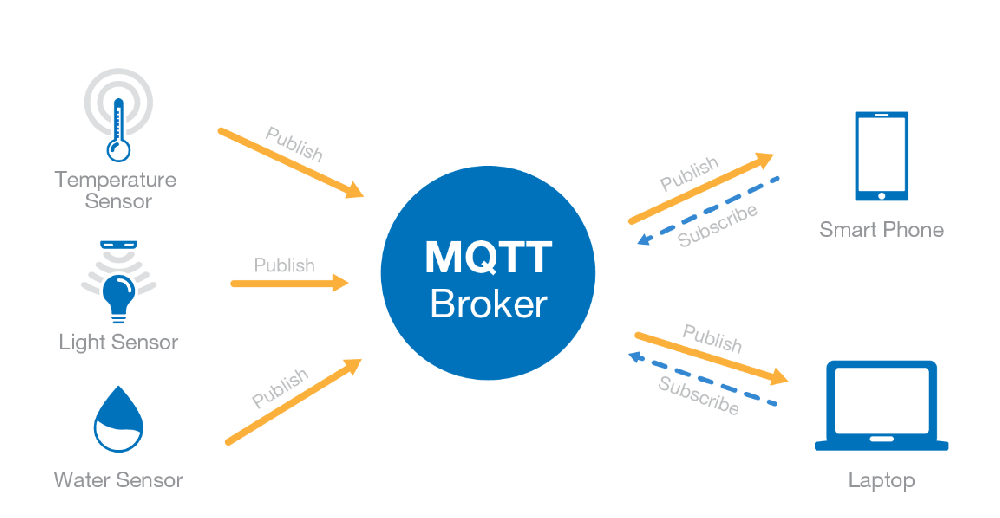
- Data Cleaning: Removing outliers and erroneous data.
- Data Validation: Ensuring data accuracy and consistency.
- Data Integration: Combining data from various sources to form a complete dataset.
- Hydrological Models: Simulate rainfall-runoff processes to predict flood occurrences.
- Meteorological Models: Simulate atmospheric movements to predict weather changes.
- Flood Evolution Models: Simulate the propagation of floodwaters in river systems.
- Threshold Setting: Setting early warning thresholds based on historical data and experience.
- Alert Triggers: Automatically activating the warning mechanism when monitored data surpasses the set thresholds.
- Warning Information: Communicating alerts via SMS, emails, and app notifications.
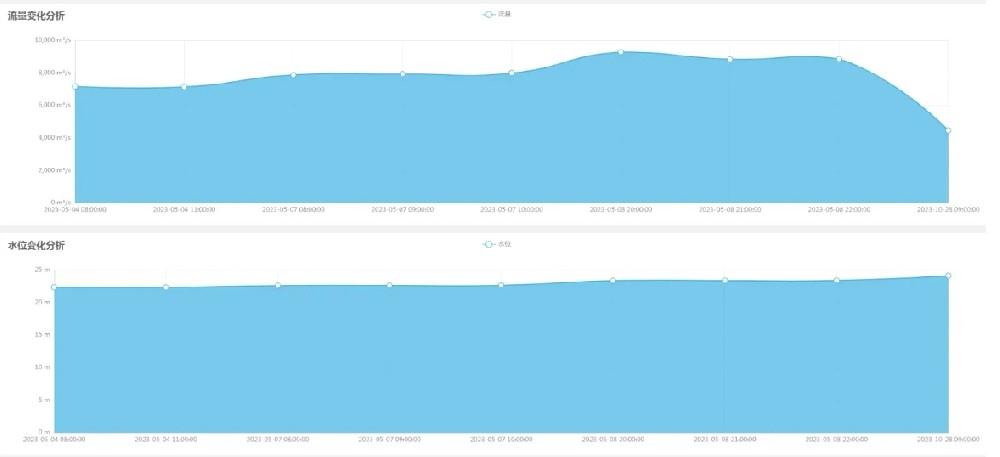
- Continuous Monitoring: Ongoing monitoring of key indicators such as water levels and rainfall amounts.
- Warning Conditions: Establishing alert conditions such as water levels exceeding a warning threshold or rainfall exceeding a set limit.
- Multi-channel Distribution: Disseminating warnings through television, radio, internet, and mobile applications.
- Information Delivery: Ensuring timely transmission of warnings to relevant authorities and the public.
- Notifying Authorities: Alerting government agencies and emergency response teams to activate emergency plans.
- Evacuating People: Providing guidance for evacuations in affected areas.
- Increased Patrols: Strengthening patrols in key areas to promptly identify and manage hazards.
- Impact Assessment: Evaluating the effects of the disaster on people, property, and infrastructure.
- Damage Estimation: Calculating the number of affected individuals and economic losses.
- Lessons Learned: Summarizing the experience and lessons learned from the disaster to improve monitoring and warning systems.
- Adjusting Warning Systems: Refining the warning system parameters and models based on post-disaster evaluations.
- Optimizing Monitoring Plans: Improving the placement of monitoring points and the performance of monitoring equipment to increase accuracy.
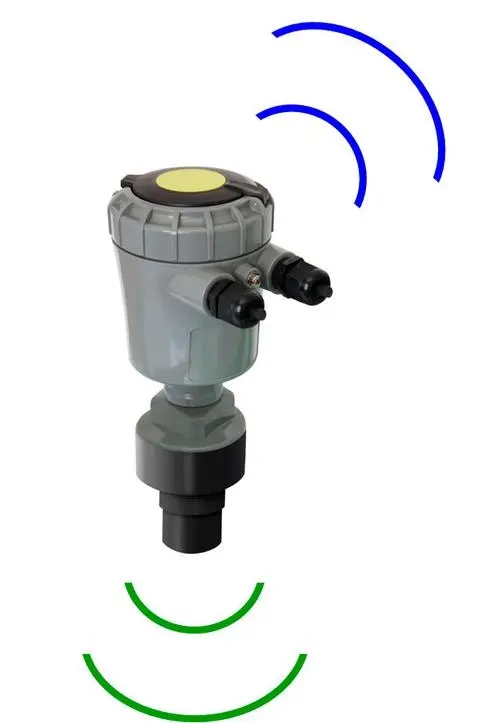
1. Water Level Monitoring: Installing water level gauges at critical points such as rivers, lakes, and reservoirs for real-time monitoring.
2. Flow Rate Monitoring: Using flow meters to measure water flow rates and assess flood risks.
3. Rainfall Monitoring: Employing rain gauges to collect rainfall data for flood predictions.
1. Soil Moisture Monitoring: Using soil moisture sensors to track soil water content and assess drought conditions.
2. Reservoir and Lake Water Level Monitoring: Monitoring water levels in reservoirs and lakes to assess water resource availability.
3. Evaporation Monitoring: Using evaporation sensors to track water surface evaporation rates and assess drought risk.
1. Wind Speed and Direction Monitoring: Using anemometers and wind vanes to monitor typhoon strength and direction.
2. Satellite Cloud Imaging: Analyzing satellite cloud imagery to track typhoon formation and development.
3. Wave Monitoring: Using wave sensors to measure wave heights and assess storm surge risks.
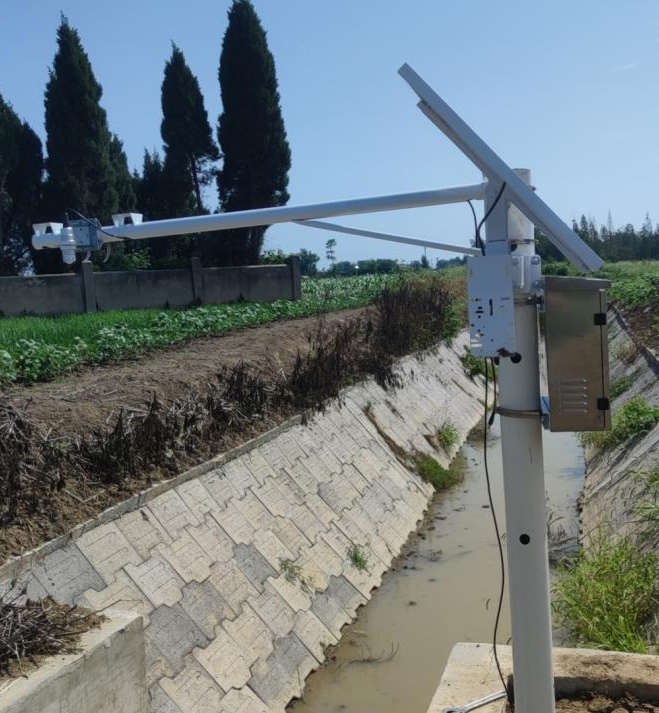
- Sensors: Installing level sensors, ultrasonic sensors, and other types of water-level monitoring instruments to track water levels, flow rates, and water quality.
- Data Collection and Transmission Devices: Collecting data from sensors and transmitting it to data centers using wireless (e.g., GPRS, NB-IoT) or wired communication technologies.
- Sensors: Installing sensors to measure wind speed, wind direction, rainfall, temperature, and humidity for real-time data collection.
- Data Collection and Transmission Devices: Collecting and transmitting data to data centers via wireless communication technologies.
- Satellite Remote Sensing: Provides large-scale, high-resolution imagery to monitor flood-prone areas and land cover changes.
- Drone Aerial Photography: Captures high-resolution images for detailed monitoring in localized areas.
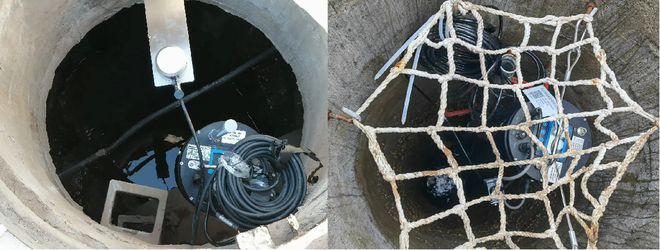
- Data Integration: Combining remote sensing data with GIS to perform disaster risk assessments and statistical analysis.
- Model Building: Using historical and real-time data to construct hydrometeorological models that predict the likelihood and impact of hazards.
- IoT Technology: Smart sensors installed at monitoring points collect and transmit data via wireless communication to cloud servers.
- Cloud Platform Services: Storing, processing, and analyzing data on cloud platforms, with users accessing the platform via the internet for remote monitoring and data management.
- Data Standardization and Open APIs: Systems designed according to standard protocols and providing API interfaces for data sharing between different systems.
- Automated Alert Systems: Setting thresholds that automatically trigger alerts when monitoring data exceeds pre-set ranges, sending notifications via SMS, email, or app push.

1. Disaster Early Warning: Continuously monitoring rainfall, water levels, and other key parameters to predict floods, droughts, and other hazards, reducing casualties and property damage.
2. Water Resource Management: Providing scientific data for water resource allocation, optimizing irrigation, and ensuring the efficient use of water resources.
3. Environmental and Ecological Protection: Long-term data helps study climate change, protect ecosystems, and guide ecological restoration projects.
4. Decision Support: Providing accurate hydrometeorological data to governments and agencies for planning flood control, urban drainage, and other infrastructure projects.
5. Emergency Response: Offering real-time data to assist in emergency evacuations, rescue operations, and disaster management.
6. Scientific Research and Education: Supporting academic research and raising public awareness of hydrometeorological hazards to strengthen disaster preparedness.
7. Collaborative Networking: Building monitoring networks that allow data sharing and enhance regional disaster response coordination.
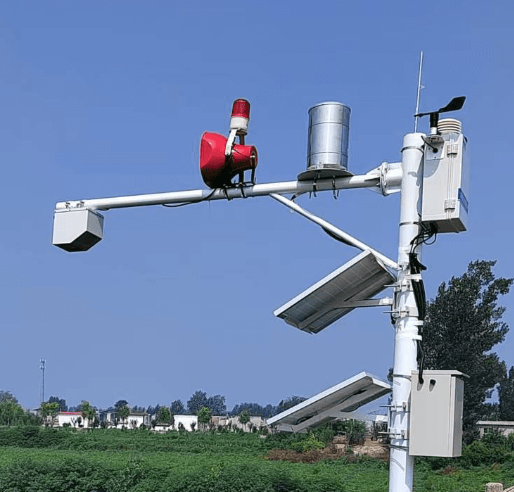
Conclusion
Monitoring hydrometeorological hazards requires the integrated use of multiple technologies and methods to establish a comprehensive monitoring system, data processing and analysis framework, and efficient warning and response mechanisms. These measures form a complete chain for monitoring hydrometeorological hazards, providing strong support for disaster prevention and mitigation efforts. Real-time monitoring, data analysis, early warning issuance, and emergency response can effectively reduce losses from disasters and protect people's lives and property.
Related recommendations
Sensors & Weather Stations Catalog
Agriculture Sensors and Weather Stations Catalog-NiuBoL.pdf
Weather Stations Catalog-NiuBoL.pdf
Related products
 Combined air temperature and relative humidity sensor
Combined air temperature and relative humidity sensor Soil Moisture Temperature sensor for irrigation
Soil Moisture Temperature sensor for irrigation Soil pH sensor RS485 soil Testing instrument soil ph meter for agriculture
Soil pH sensor RS485 soil Testing instrument soil ph meter for agriculture Wind Speed sensor Output Modbus/RS485/Analog/0-5V/4-20mA
Wind Speed sensor Output Modbus/RS485/Analog/0-5V/4-20mA Tipping bucket rain gauge for weather monitoring auto rainfall sensor RS485/Outdoor/stainless steel
Tipping bucket rain gauge for weather monitoring auto rainfall sensor RS485/Outdoor/stainless steel Pyranometer Solar Radiation Sensor 4-20mA/RS485
Pyranometer Solar Radiation Sensor 4-20mA/RS485
Screenshot, WhatsApp to identify the QR code
WhatsApp number:+8615367865107
(Click on WhatsApp to copy and add friends)
